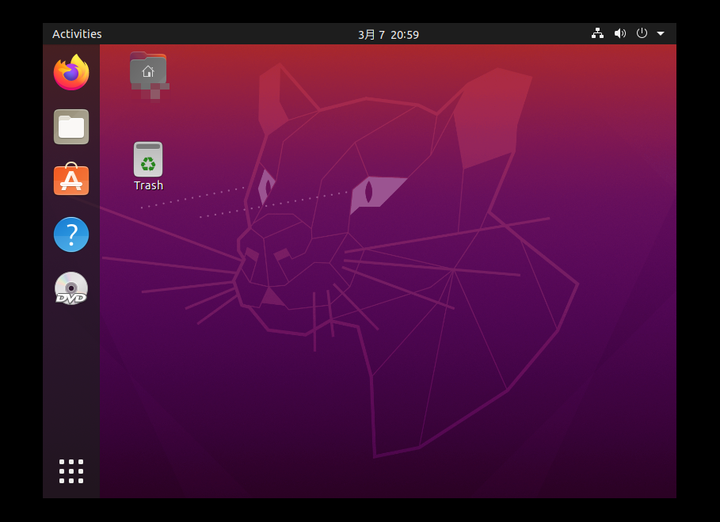In summary, installing Ubantu involves the following three steps:
1. Install the virtual machine
2. Ubuntu image download
3. Virtual machine configuration
1. Install the virtual machine
Choose to install VMware Workstation, log in to its official website to download the installation package, the link is as follows:

After downloading, run the installation wizard and click Next. The final license can be found online.
2. Ubuntu image download
There are many Linux distributions, choose Ubantu, which is more friendly. Log in to your clear image and download the 20.04.2.0 version of Ubantu. The mirror link is as follows:
Tsinghua Open Source Mirrormirrors.tuna.tsinghua.edu.cn/Edit
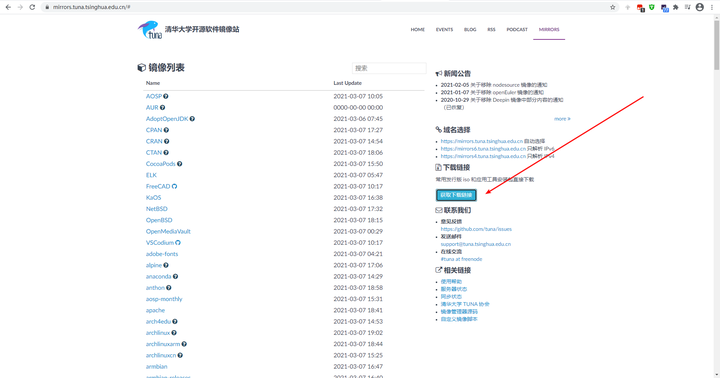

3. Virtual machine configuration
step1: Open the VMware Workstation downloaded in the first step. In the main interface, select [Create a new virtual machine].
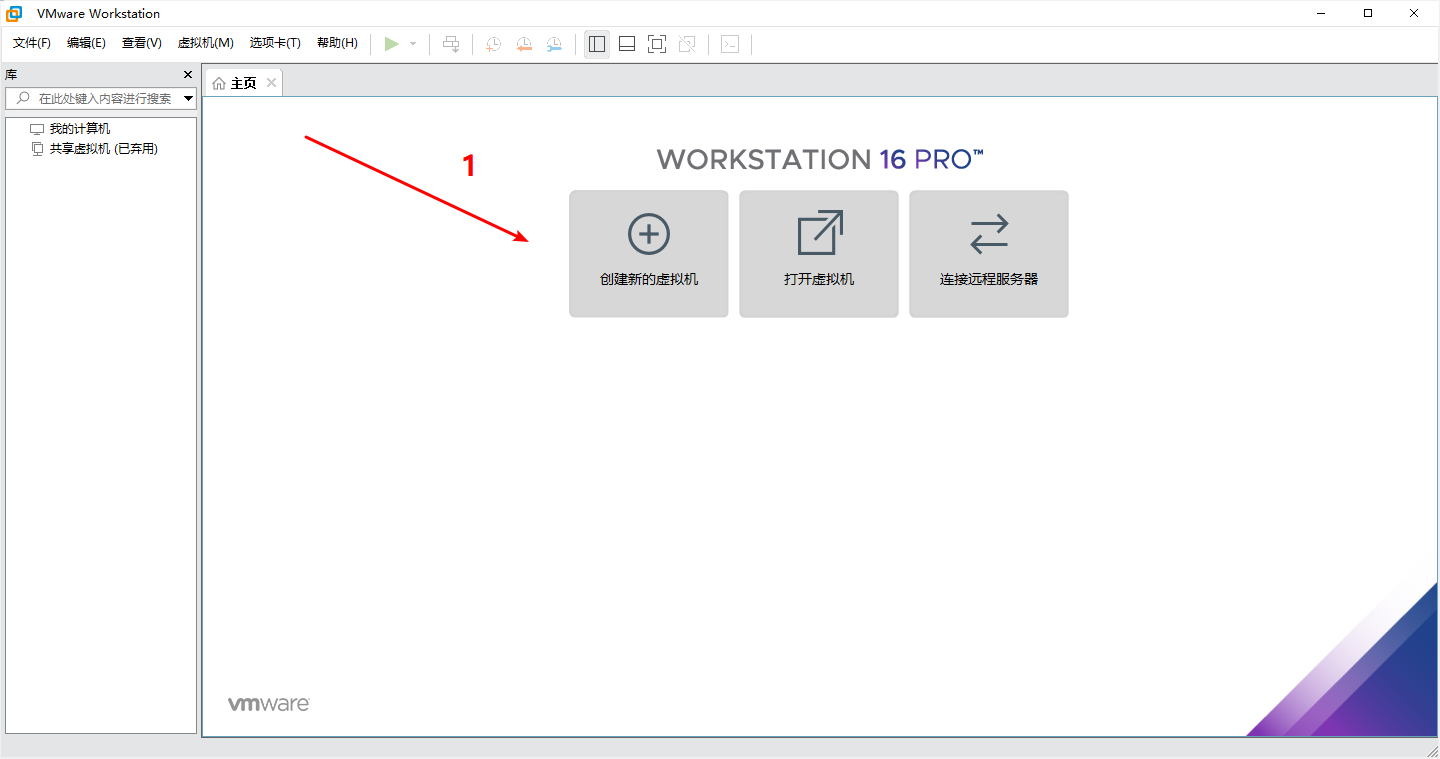
step2: As shown in the figure, the [New Virtual Wizard] will pop up automatically. After selecting [Custom (Advanced)], click [Next].

step3: Just select the default value in this step and click [Next].
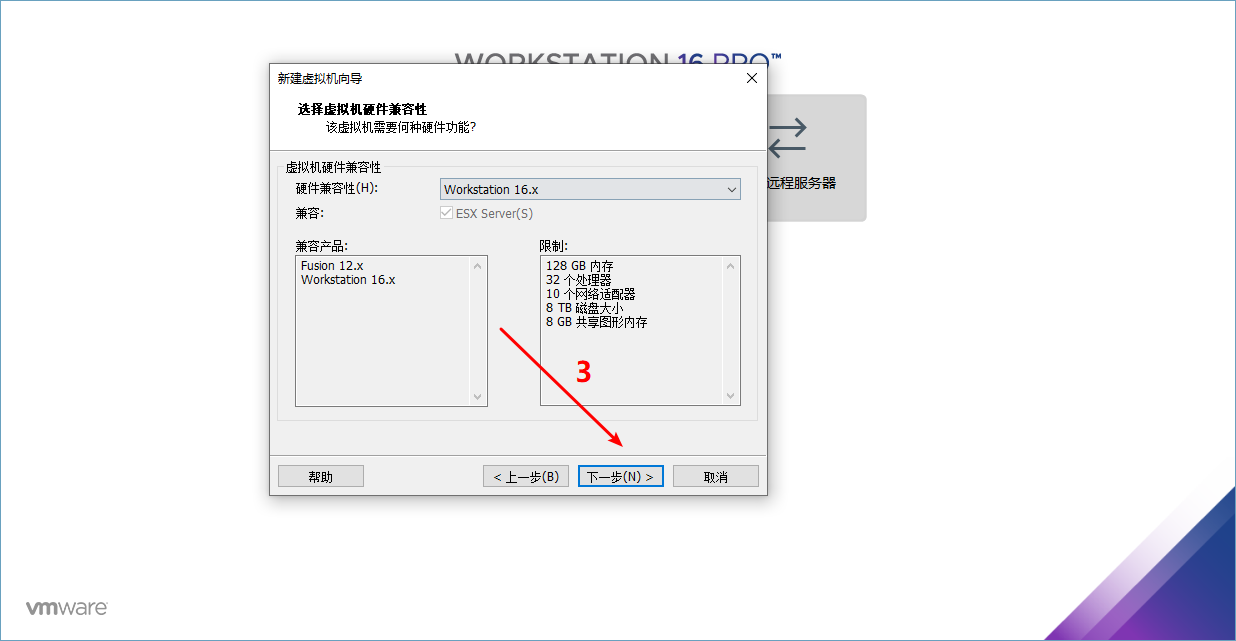
step4: Select [Install operating system later] and click [Next]
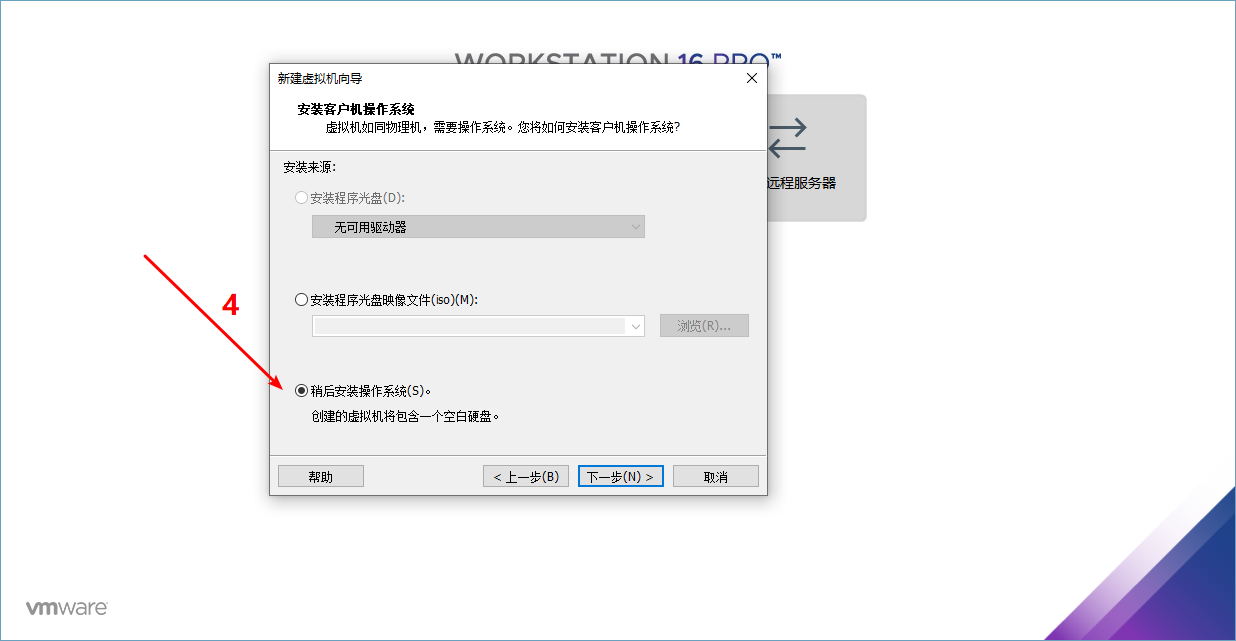
step5: Select [Linux], and the version below will be changed to [Ubuntu] by default.
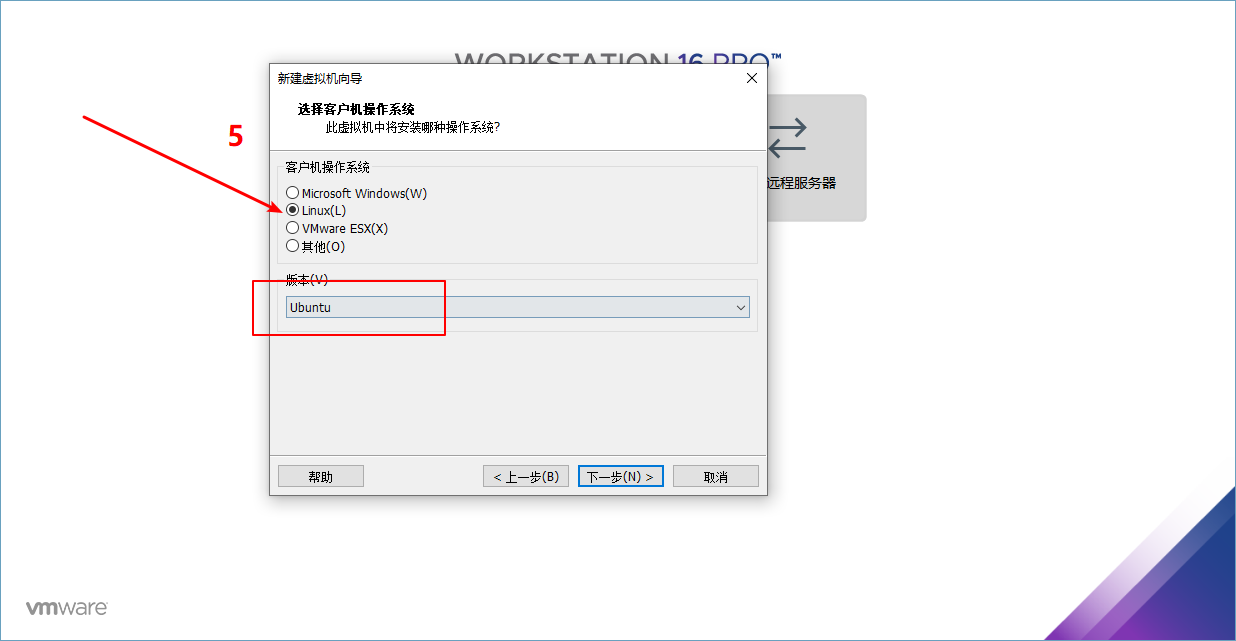
step6: Fill in the [Virtual Machine Name] and [Location], and click [Next]. [Virtual machine name] is the name of the virtual machine. [Location] You can choose a hard drive location with a larger capacity.
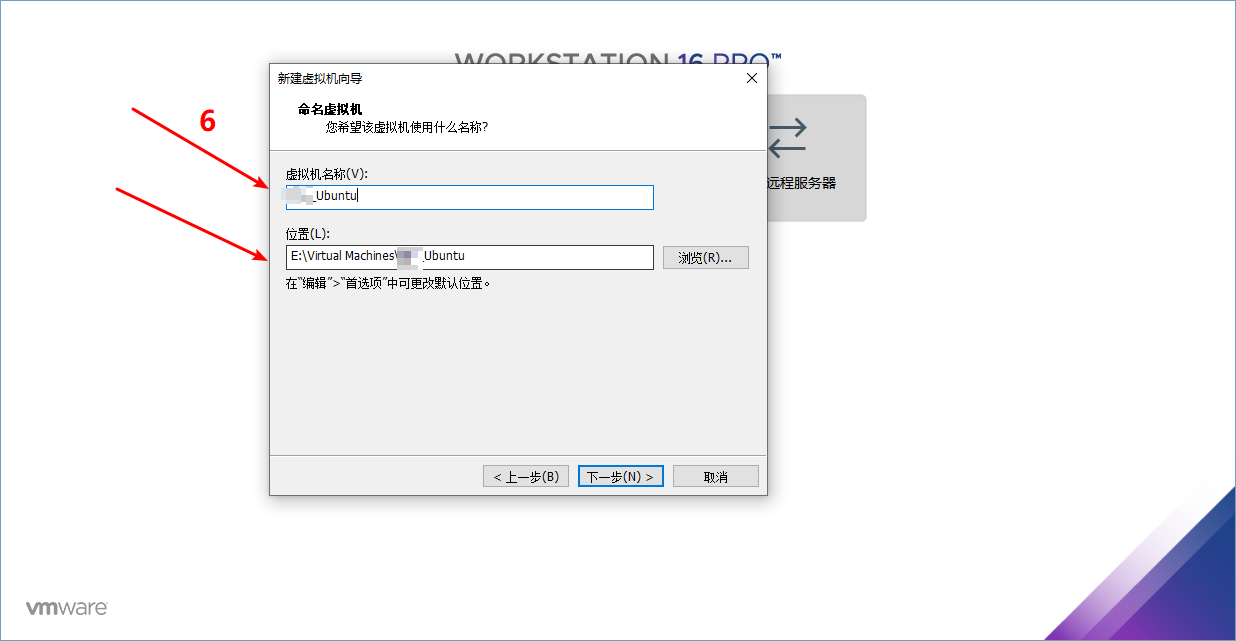
step7: After selecting 2 for [Number of processors] and [Number of cores per processor], click [Next].
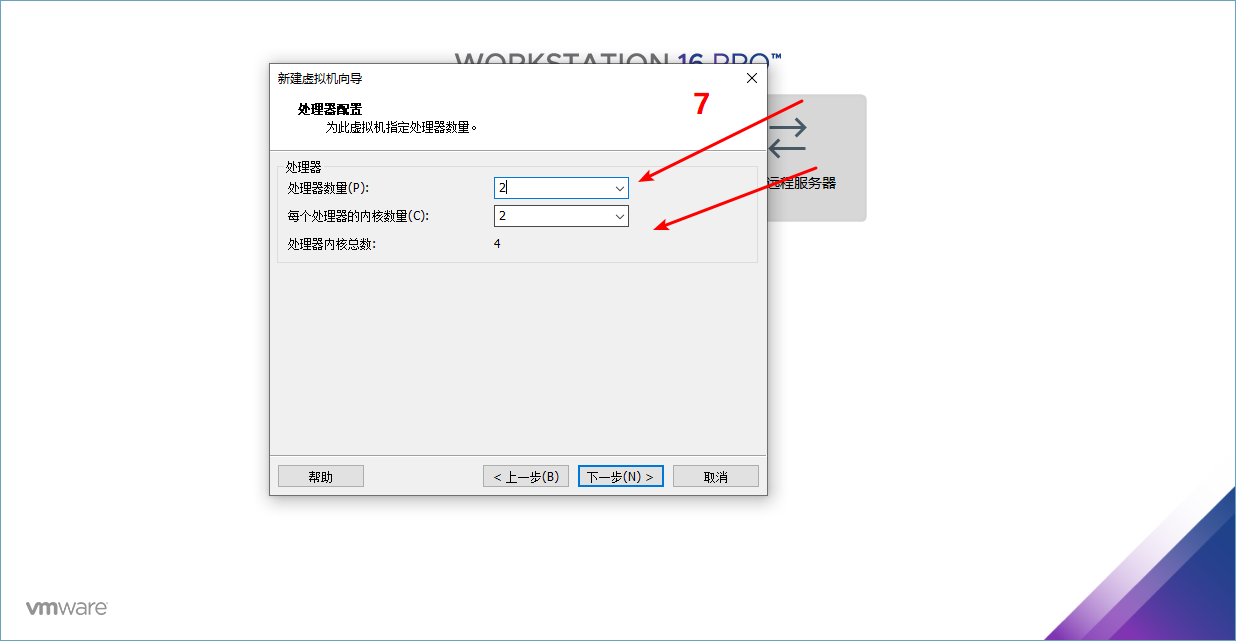
Step8: Select [Memory of this virtual machine]. This value should be adjusted according to the computer's own conditions. Common values are 1G (1024MB), 2G (2048MB), 4G (4096MB), etc. Choose 4G here.
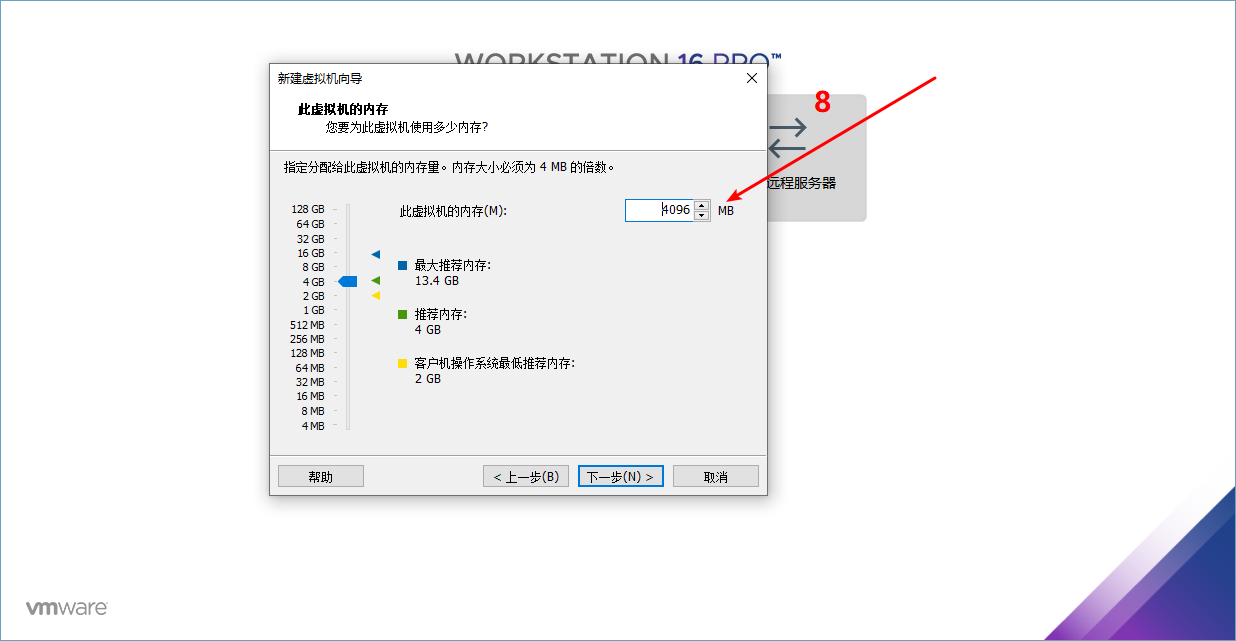
step9: Select [Use Network Address Translation] and click [Next].
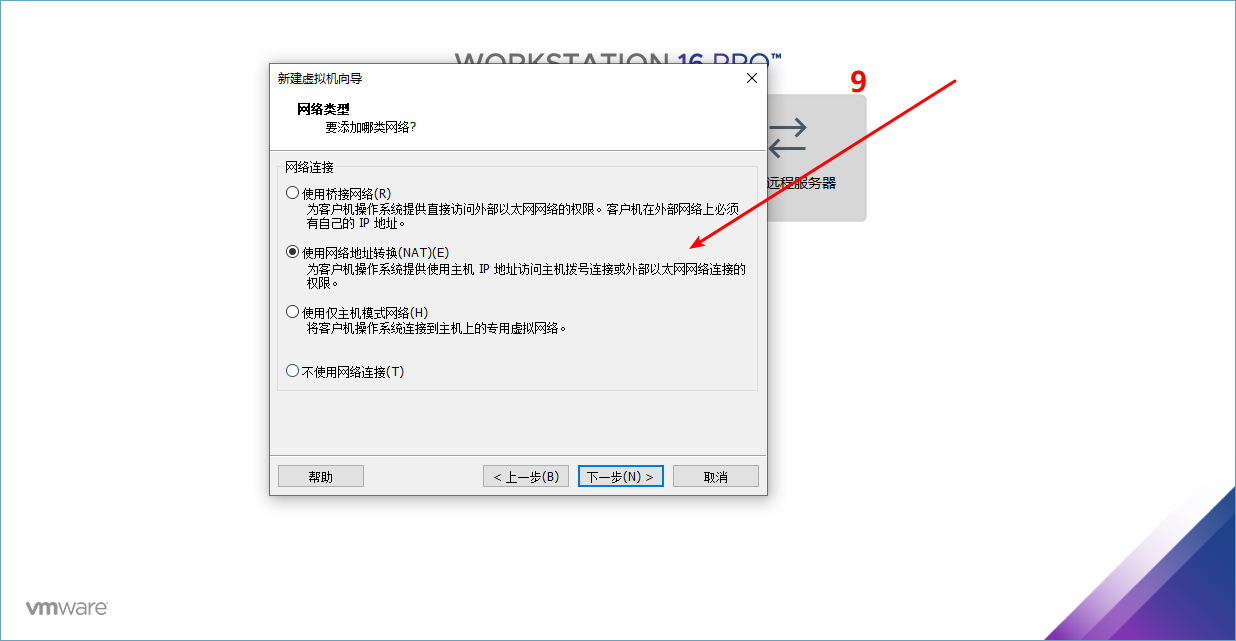
step10: Select the recommended [LSI Logic] and click [Next].
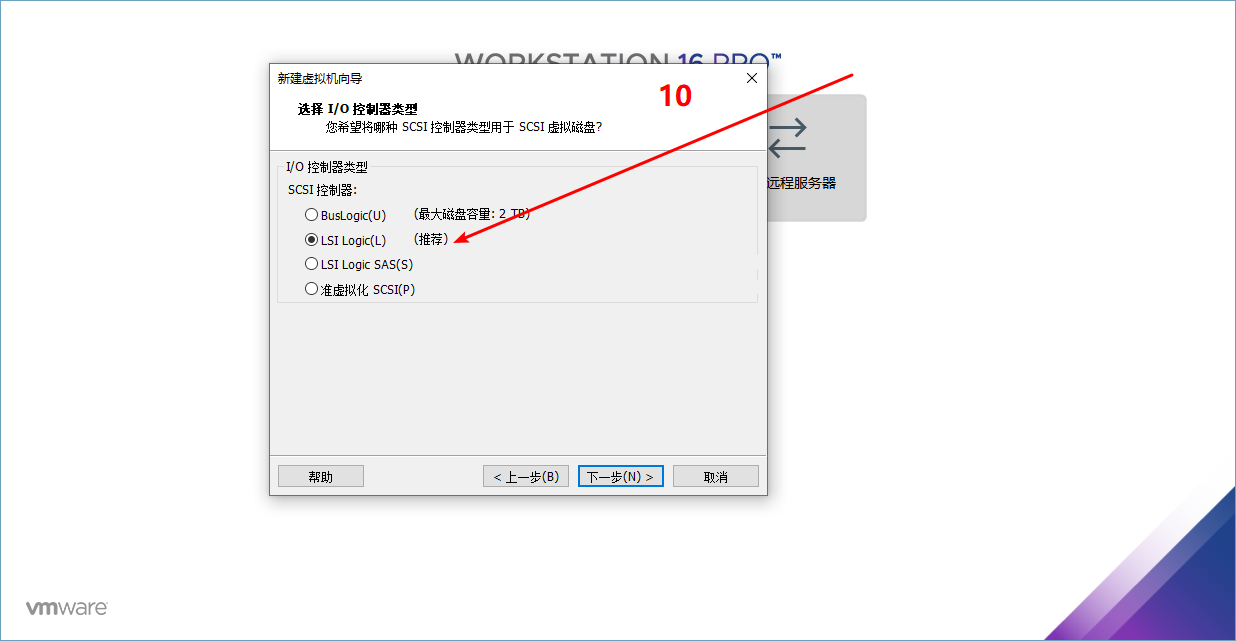
step11: Select the recommended [SCSI] and click [Next].

step12: Select [Create a new virtual disk] and click [Next].
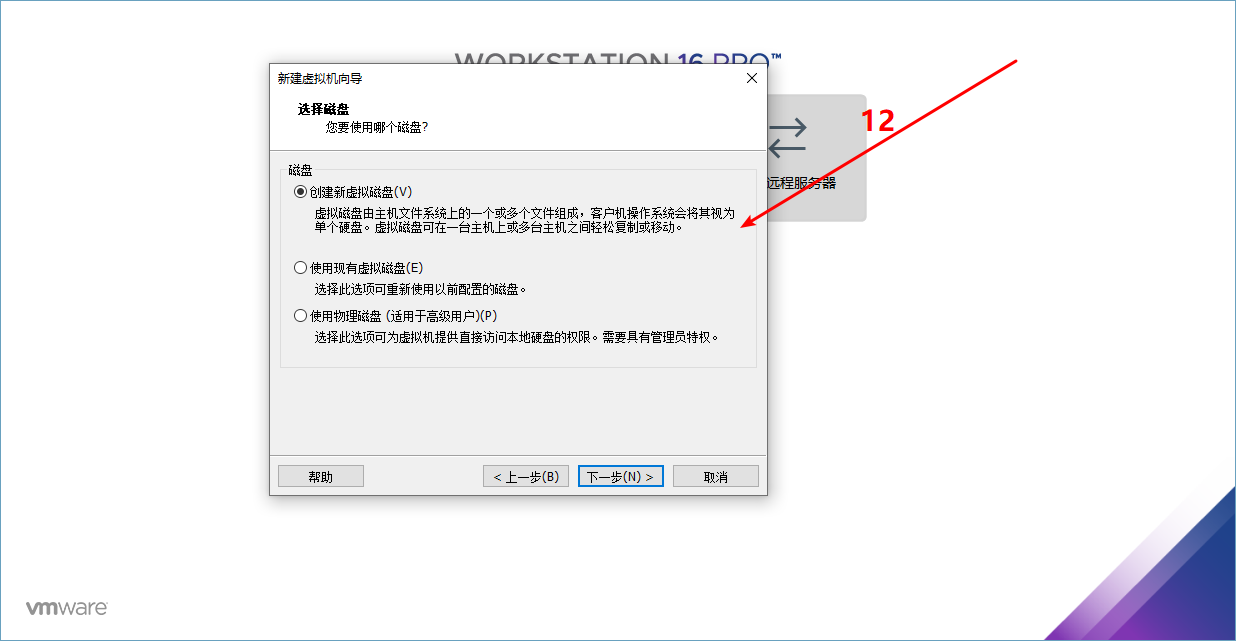
step13: Set [Maximum disk size] to 40, select [Split virtual disk into multiple files], and click [Next]. The maximum disk size defaults to 20GB. This value can be increased if the remaining disk space is large.
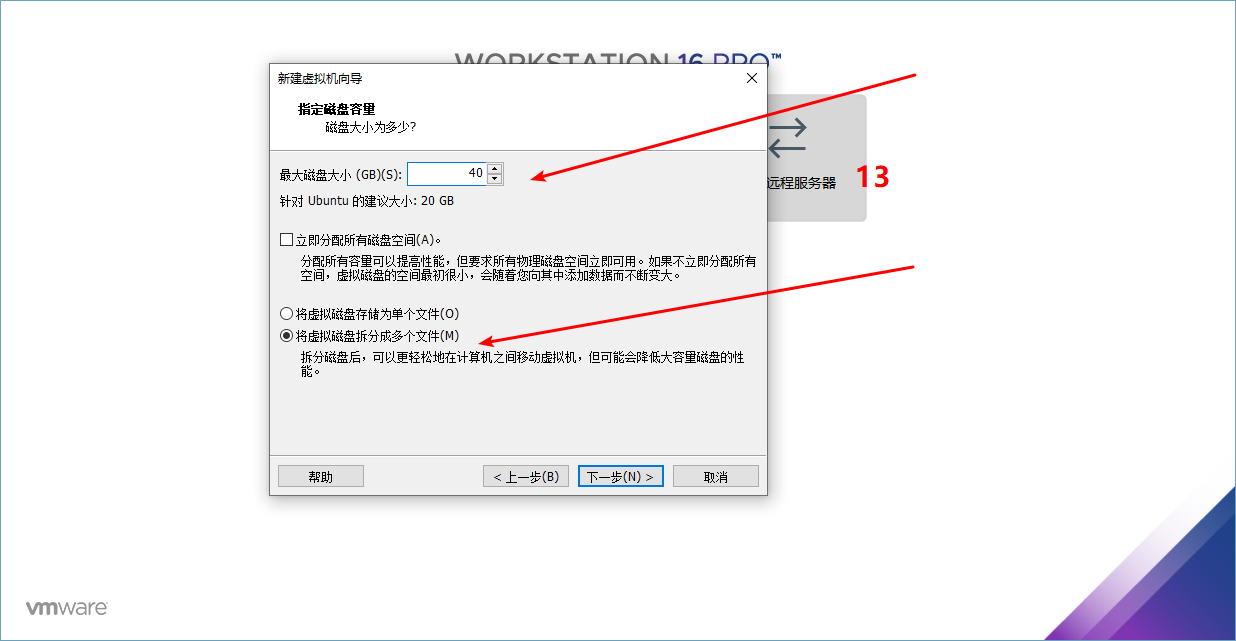
step14: Click [Next].

step15: Click [Finish].

step16: Return to the VMware Station interface, click [Edit Virtual Machine Location] on the left side of the stand-alone interface.

step17-19: Click the CD/DVD tab on the left, click [Use ISO Image File] on the right, find the Ubuntu image you downloaded in the second step of clearing the image, and click [Next].
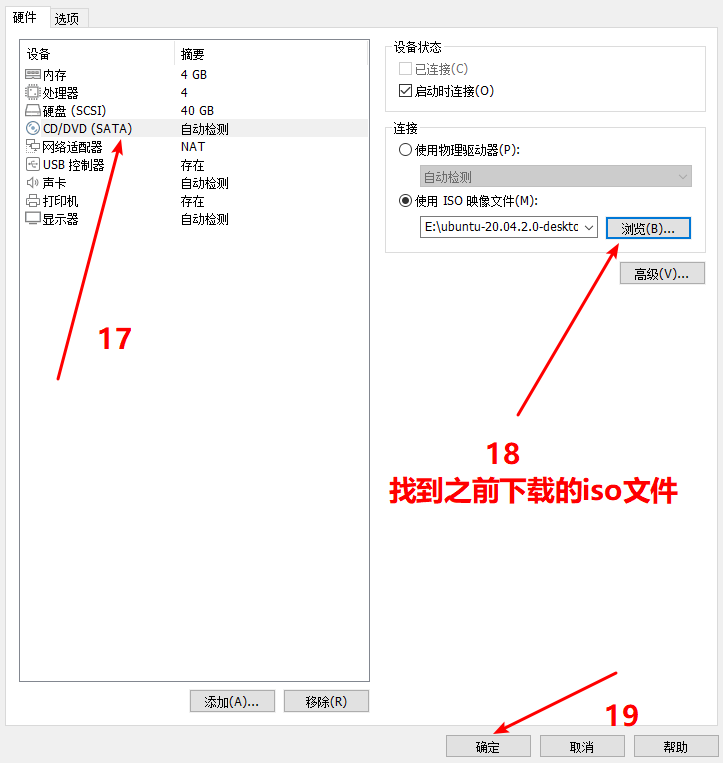
step20: Return to the VMware Station interface and click [Start this virtual machine].

[Note]: If the prompt [This host supports Intel VT-x, but Intel VT-x is disabled] appears at this time. Please enter the BIOS and set [Intel Virtual Technology] to [Enabled]. The specific method can be found on Baidu.
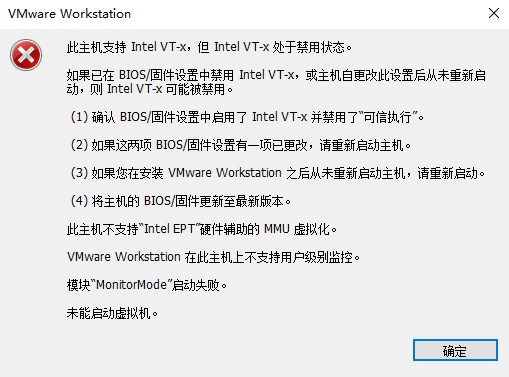
step21: Now you can see the virtual machine screen, click [Install Ubuntu] on the right.

step22: At this time we use the American keyboard layout [English (US)], click [Continue].
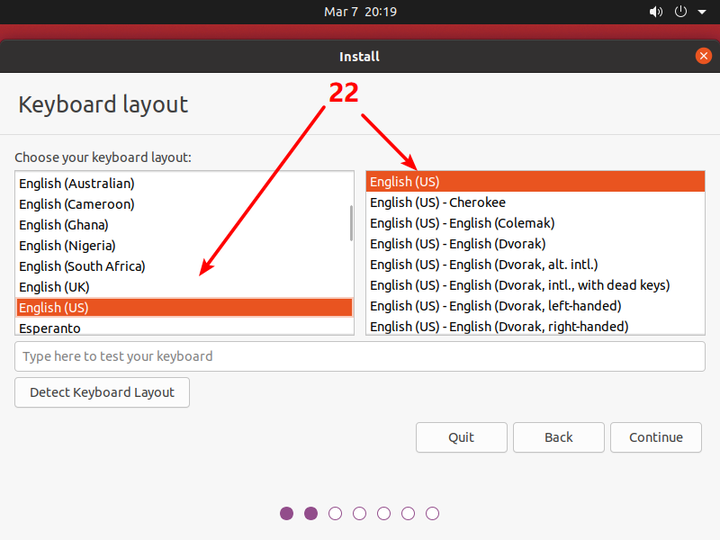
step23: Click [Minimal installation] and click [Continue]. Since Ubuntu virtual machines are mostly used for learning and research and development, we choose to install them in a minimal way. If you need to surf the Internet and play games with Ubuntu, please select [Normal installation].

step24: Select [Erase disk and install Ubuntu] and click [Install Now].
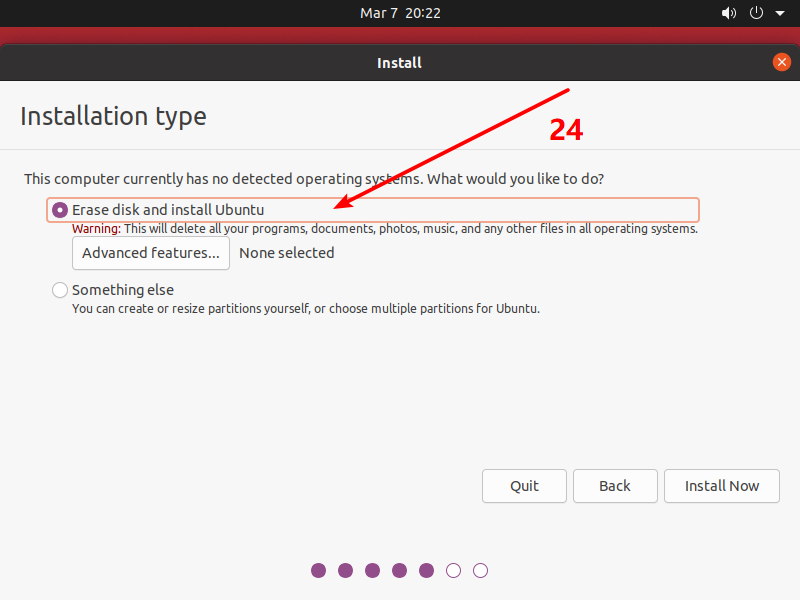
step25: Click [Continue] to confirm.
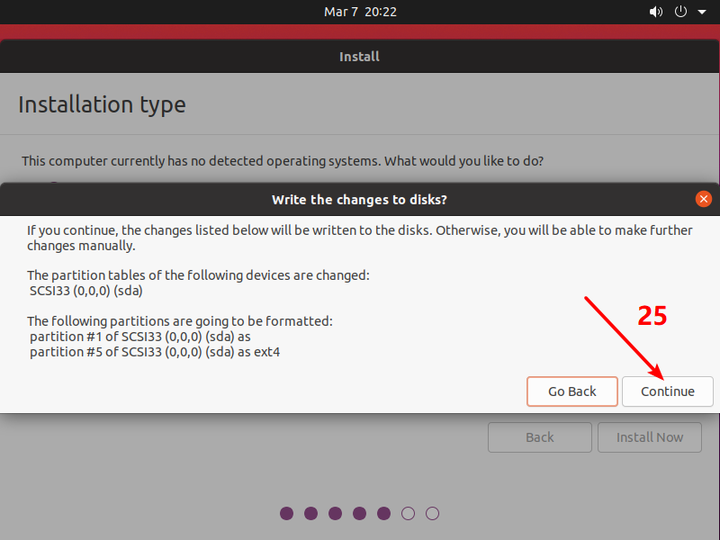
step26: Click on the location of [China] on the map, Shanghai will appear by default, click [Continue].

step27: After entering [Your name] [Your computer's name] [Pick a username] [Choose a password] [Confirm your password], click [Continue]. It is recommended to set a simpler password here, because many subsequent operations of Ubuntu require password verification, and setting a complex password will be more troublesome later.

Waiting for installation.

Click [Restart Now] to restart.

After restarting, you can see that Ubuntu has been installed. Click on the [User Name] that appears.

Enter your password to enter Ubuntu!

